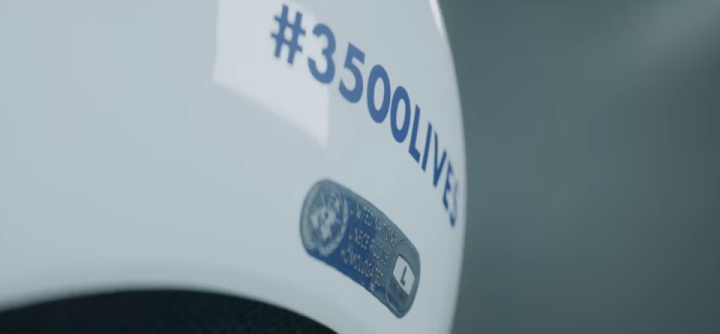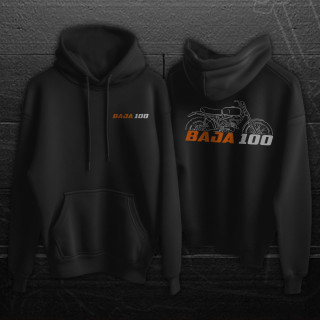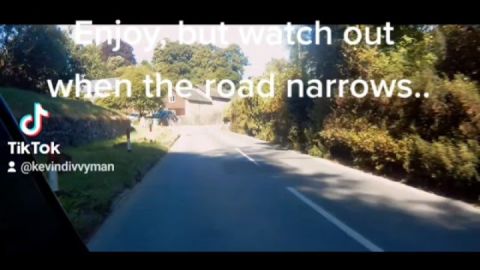
Everything You Need to Know About the Current ECE 22.06 Helmet Standard
The standard in question focuses on motorcycle helmets approved for sale in Europe, but we think it should also be of importance to riders across the world. Within reasonable limits, you can get the same type of helmet anywhere in the world, so keep on reading even if you don't reside in Europe.

First, what you must know is that the ECE 22.06 helmet standard has been in effect since January 2022. Even before that time, manufacturers could apply to homologate new helmet designs under the new standard, as well as produce them in their factories and sell them in Europe with the sticker to mark their compliance. But the biggest change comes in July when the old standard will no longer be accepted as a type approval for new designs.
Second, the production of helmets made under the ECE 22.05 standard has not stopped, nor has the sale of these helmets, which are still fine to use in Europe and anywhere else in the world where they are approved. By the way, the ECE 22.05 standard has been mandatory in Europe since 2003, and it was adopted outside of Europe as well.

In other words, if you buy a new motorcycle helmet in July 2022, it does not mean it will be ECE 22.06 certified, but it might be, and it is your responsibility to check. You are paying for it, and it is meant to protect your head, so it is in your best interest to be sure it is the best you can get.
Third, manufacturers will still be able to produce ECE 22.05 approved models by July 2023. However, those helmets will have to be sold no later than January 2024.
As a side note, there is a possibility that the unsold stock might be collected and then sent to markets with less strict rules, where it will not be a problem to sell helmets that are no longer allowed to be sold as new under European regulations.
Mind you, the new helmet standard, ECE 22.06, is meant to provide enhanced safety for riders and pillions alike. In other words, once the new helmets are crash-tested by a reputable agency, it will be a clever idea to get one of those helmets, ensuring it fits you properly so that you enjoy increased safety in the unfortunate event of a crash.
The new standard brings a thicker shell, at least for those made out of plastic, as well as serious revisions to the composition and nature of the polystyrene lining. The latter is inside each helmet under the fabric liner, and it is the difference between a brain injury and just the unfortunate event of cracking your helmet.
To be eligible for the new standard, a helmet must now pass rotational tests (these involve the worst injuries), as well as lateral impact, various impact tests from multiple angles, and more rigorous tests for existing crash test assessments.
Safer helmets are coming our way, but at a higher price, as their development involves high costs for the manufacturers involved.
If you have just acquired an ECE 22.05 helmet, and have already used it, worry not, as your helmet is still allowed on European roads, as well as on other public roads in countries where this standard is recognized.
What the helmet standard does not say is the fact that helmets expire. They do not have an expiration date on them (as is the case with racing helmets). Instead, we do know that most manufacturers have a “service life” for their products.
Depending on the brand, a helmet should be replaced after four to six years. Let us just call the average five years for good measure. The same should apply to the helmet you use on your bicycle, skateboard, and all that stands in between, as they also use polystyrene to cushion the impact.
If the helmet you use on your motorcycle is older than five years, which means you bought it before 2017, please refer to its manufacturer's webpage to check if it is still within its service life. Email them if you cannot find the appropriate information.
With no response from the manufacturer, consider replacing your helmet, as the polystyrene lining inside it, which is meant to protect your brain from injury, may have shrunk in all these years. Yes, even if you have not used the helmet at all.
By January 2029, nobody should be using an ECE 22.05 helmet, as the last ones that were made are past their service period. Beware of discounts on new old stock products, as they may have an enticing price, but lack the safety provided by a fresh unit.
How much should you pay for your next helmet? Well, it depends on how much you value its contents. No pun intended; it is that simple. The helmet is the only thing other than chance/luck that makes the difference between a brain injury and a bad day in the event of an accident. By the way, the laws of physics apply even when you are on vacation, so be sure to check the quality of the helmet you get at the rental center when you are renting a moped.
Some accessories may not be compatible with ECE 22.05 and ECE 22.06 helmets, so be sure to check that before you buy them. Check again before installing them, though.
I hope there is no need to further underline its importance. Do not skip on safety. It is not worth it.
#Gear #Moto #Helmet






























